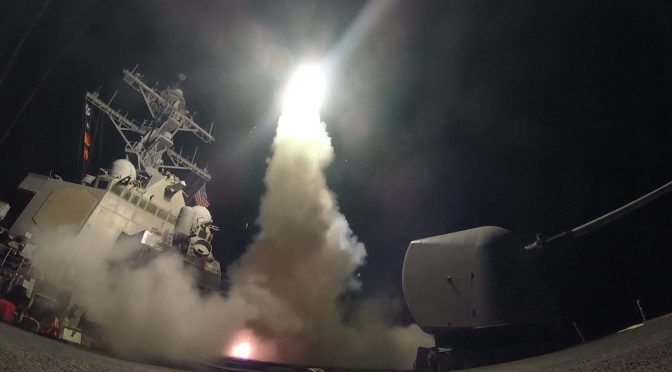This article provides an analysis of the benefits a Comprehensive Test-Ban Treaty and its ratification process would have on international norms, order, and the prosperity of all States involved. In a comprehensive call to action, Matsick recommends an insightful four-sided bargain by four of the largest nuclear powers that would suppress strategic fears and argues… Continue reading Shaking the Rust Off the Comprehensive Nuclear-Test-Ban Treaty Ratification Process
Category: International Security
Persistent Enforcement: Criminal Charges as a Response to Nation-State Malicious Cyber Activity
Malicious cyber activities by foreign states present major challenges to the US government. Foreign governments steal intellectual property, attack election systems, wage influence campaigns, and cripple American companies. One tool brought to bear most recently against these state actors is the criminal indictment. This article reviews the use of criminal charges as a response to… Continue reading Persistent Enforcement: Criminal Charges as a Response to Nation-State Malicious Cyber Activity
Requesting a Challenge Inspection Against Syria Under the Chemical Weapons Convention: Venturing into Uncharted Territory
In response to the April 2018 chemical attack in Syria that killed more than 40 people, the United States, France, and Britain launched more than 100 missiles targeting three suspected chemical weapon storage and research facilities. However, subsequent reports have raised questions concerning the accuracy of the intelligence regarding these facilities. Rather than conducting this… Continue reading Requesting a Challenge Inspection Against Syria Under the Chemical Weapons Convention: Venturing into Uncharted Territory



